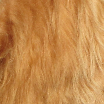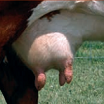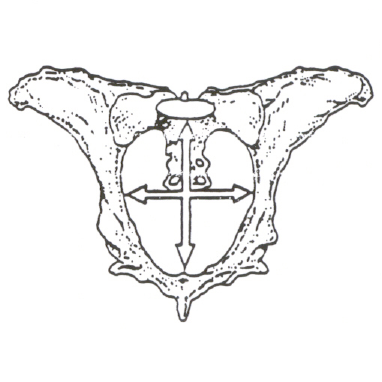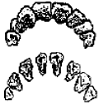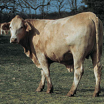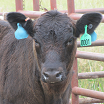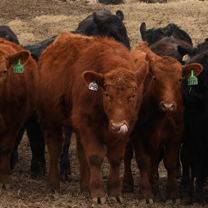International letters are designated for each year of birth. This option is easy to
use in conjunction with numbers. For example, X001 and X002 might be used to indicate
the first and second calf corn in the year 2010.
Note: The letters I, O, Q, and V are not used.
- A: 1969/ 1991/ 2013
- B: 1970/ 1992/ 2014
- C: 1971/ 1993/ 2015
- D: 1972/ 1994/ 2016
- E: 1973/ 1995/ 2017
- F: 1974/ 1996/ 2018
- G: 1975/ 1997/ 2019
- H: 1976/ 1998/ 2020
- J: 1977/ 1999/ 2021
- K: 1978/ 2000/ 2022
- L: 1979/ 2001/ 2023
- M: 1980/ 2002/ 2024
- N: 1981/ 2003/ 2025
- P: 1982/ 2004 / 2026
- R: 1983/ 2005/ 2027
- S: 1984/ 2006/ 2028
- T: 1985/ 2007/ 2029
- U: 1986/ 2008/ 2030
- W: 1987/ 2009/ 2031
- X: 1988/ 2010/ 2032
- Y: 1989/ 2011/ 2033
- Z: 1990/ 2012/ 2034
Source: Beef Improvement Federation Guidelines 9th Edition
